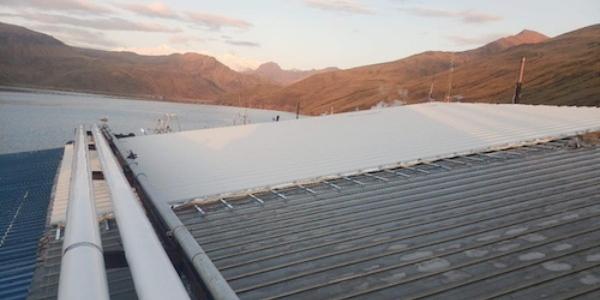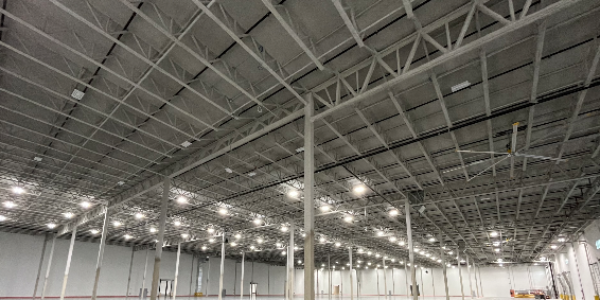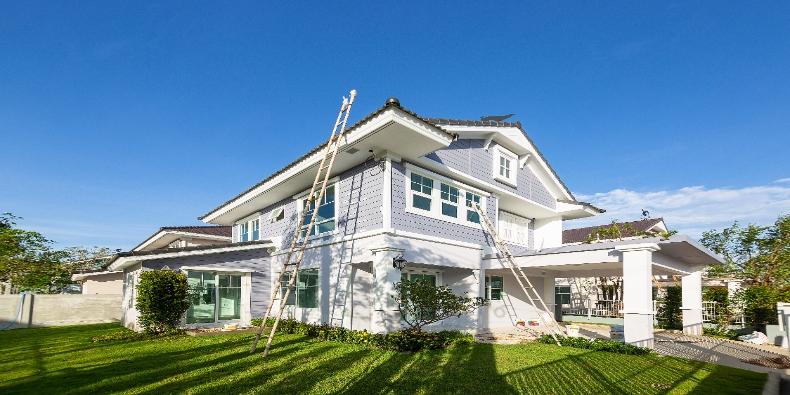Reducing Your Carbon Footprint – How Hunter Panels Reduces Impact

By Hunter Panels.
Learn what exactly a carbon footprint is and where the roofing industry fits in.
What is a carbon footprint and why does it matter? A carbon footprint is the total amount of greenhouse gases that are generated by people’s actions. Pollutants that are included in these calculations include carbon dioxide, methane, nitrous oxide and fluorinated gases including hydrofluorocarbons, perfluorocarbons and sulfur hexafluoride. Over time greenhouse gas emissions from human activity build up and increase the climate around the world effecting people, plants and animals.
Building materials and construction are responsible for 11% of annual global CO2 emissions according to Architecture 2030. While construction is showing no signs of slowing down there are many things the construction industry can do to help combat a buildings carbon footprint including using products with no greenhouse gases, using products with recycled content and work toward LEED certification.
Hunter Panels is one of the largest producers of polyiso insulation in North America and is focused and committed to reducing buildings carbon footprints to reduce greenhouse gasses. In fact, for every ton of CO2 consumed in the manufacturing of Hunter products, customers avoid emitting up to 34 tons of CO2 over the life of the product.
All Hunter products from roof to wall insulation contain no fluorinated gases, meaning no CFC’s, HFC’s or HCFC’s are present in products. With the government announcing in 2021 actions to phase out hydrofluorocarbons (HFC’s) Hunter is ahead of the game.
Additionally, Hunter Panels products utilize recycled content in their creation as well as produce products such as the Hinged Target Sump® that can save up to 74% in material and waste costs.
LEED certification comes through a building earning points that address carbon, energy, water, waste, transportation, materials, health and indoor environmental quality. Using Hunter products has many credit opportunities.
Hunter is focused and engaged in helping the construction industry reduce the global impact of greenhouse gases and reduce building carbon footprints and encourages everyone to Go Hunter Green.
Learn more about Hunter Panels in their RoofersCoffeeShop® Directory or visit hunterpanels.com.
Recommended For You

The eco-friendly roofing solution
Read More ...
Delivering performance and sustainability all at once
Read More ...
The roof upgrade that pays off
Read More ...














-2025-xtv-mls-tour-2.png)



Comments
Leave a Reply
Have an account? Login to leave a comment!
Sign In